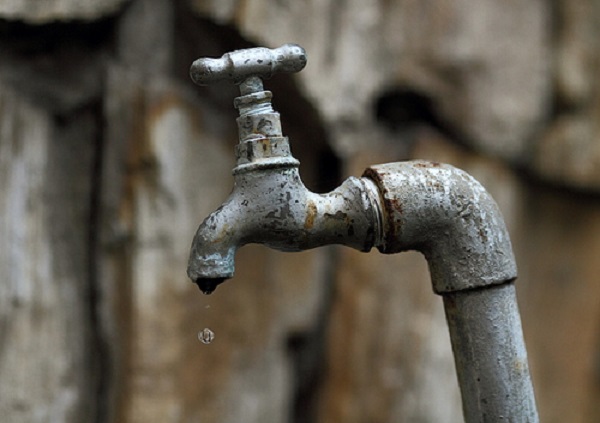EDITORIAL COMMENT: Water conservation mode must continue

For Bulawayo, the dictum “every drop counts” has a deeper meaning that is also more easily appreciated by most of its residents given the city’s perennial water insecurity.
Bulawayo has been in water conservation mode since 1984 when it implemented a water rationing regime. In addition to water rationing, the city has, from time to time, laboured under what we argue is the country’s worst water shedding regime. Consumers have a prescribed amount of water they should use per day and those that exceed that are liable for punishment. When the water shortage worsens, as it did last year, council effects water shedding whereby households have their supplies completely cut for days.
At some stages, city fathers have come up with rare strategies to deal with the water shortage. The one that immediately comes to mind is the “The Big Flush” that captured headlines globally in September 2012. Then, residents across the city were encouraged to flush their toilets simultaneously at 7.30pm every Monday. Council reasoned that doing so helped to better remove waste without the risk of causing blockages and bursts on the sewer system. We don’t think “The Big Flush” really worked or was ever upheld but it served to illustrate the huge challenge the city was facing then with regard to conserving water.
With this difficult experience, the start of every wet season is closely watched in the city, the same for water levels in its dams, which are unfortunately built in drier Matabeleland South.
We reported yesterday that the city’s dams are now at 56 percent full and based on normal daily consumption, Bulawayo has enough water for the next three years even if rains don’t fall over that period.
“The projection with current consumption patterns is that our water supply is expected to last 35 months,” said Bulawayo City Council public relations officer, Miss Bongiwe Ngwenya.
“However, Lower Ncema and Umzingwane are lower than the 21 months projected by Zinwa. Lower Ncema receives water from Upper Ncema which currently has a storage lasting 28 months. We note that while water shedding has been suspended, water rationing will still remain enforced. Residents are urged to conserve water.”
This piece of news is indeed reassuring.
However, we have words of caution not only to consumers but also to council itself. Both parties must ensure that the permanent water conservation mode they are in continues in that way, permanent.
By this we mean residents should understand that the water supply situation in Bulawayo might be assured for the next three years, but the city remains a water shortage area. Anything can happen in the intervening period. This includes excessively high temperatures that can deplete the dams faster than normal. This includes other water loss arising from burst pipes.
Thus, consumers must always use water sparingly.
Bulawayo banned its residents from using hose pipes for watering gardens, cleaning cars and so on. It might be faster and much easier to water one’s garden using a hose pipe, but doing so is wasteful. Instead, they are encouraged to continue using buckets.
This is more laborious, but conserves the resource for future use. The hose pipe ban should therefore remain in force and residents need to adhere to it. At the same time, the fine applicable if a resident is caught using a hose pipe to water their garden needs to be kept at the high they are at $1 500.
Residents are still banned from using treated water when they build or mould bricks. Instead, they must buy the commodity from those with boreholes.
Those who disregard this and are caught, incur a fine of $1 000.
Residents should always turn off taps after using water and make sure that they fix any leakages that might occur in their homes. Even if a drop of it goes down at a time, the loss is bigger if the leakage is permanent and happens in more homes or office buildings.
As Miss Ngwenya said, water rationing remains in force. Households in high density suburbs are expected to use 450 litres per day while those in low density suburbs are limited to 550 litres per day. Households have to keep within the prescribed water rationing limits.
Council must actually conserve water too, for it is not a responsibility for consumers alone. The local authority can do this by always communicating relevant, accurate water conservation messages to residents, on time, so that consumers take appropriate actions. In addition, council has to respond to water pipe bursts timeously. In this connection, residents must also report such cases promptly.
That the Government has pledged to invest more in the Gwayi-Shangani Dam this year is encouraging. Yes, on its own, Gwayi Shangani is not the magic bullet to solve Bulawayo’s water shortage but if the dam is built, that would represent a step forward in the city’s dream of realising the National Matabeleland Zambezi Water Project, recognised as the more permanent solution to emergency in the city.












Comments